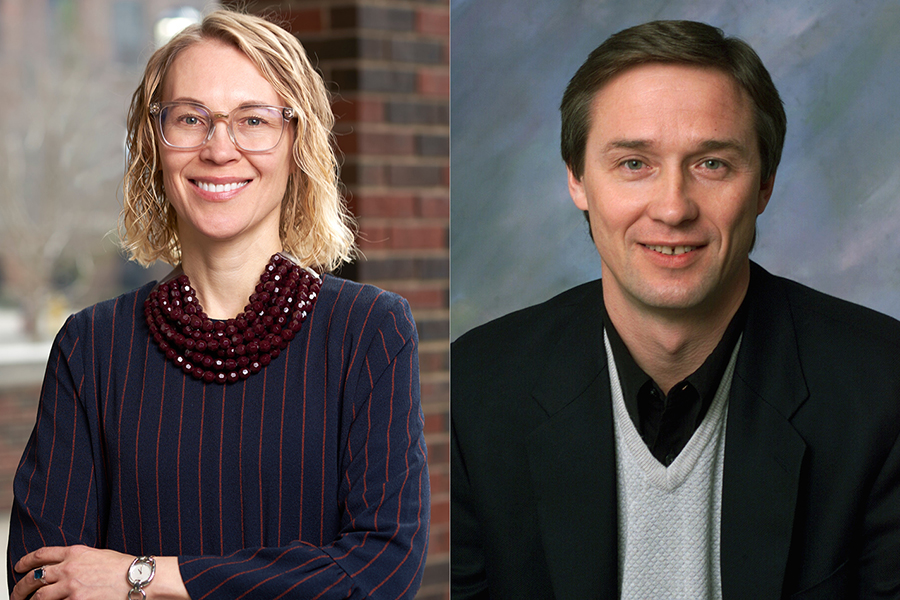Advancing Quantum Super-Resolution Imaging with Machine Learning

When it comes to capturing incredibly tiny details in the world of microscopy, engineers have been constrained by a fundamental limit known as the "diffraction limit." While several approaches have been suggested and are now being successfully applied to achieve the sub-diffraction imaging resolution (including the 2014 Nobel Prize in Chemistry awarded “for the development of super-resolved fluorescence microscopy”), Purdue University researchers proposed a simple, machine-learning-assisted technique to break the diffraction limit. A paper detailing the research, entitled "Machine learning assisted quantum super-resolution microscopy," was published by Nature Communications.
Microscopes that use light to create magnified images of tiny things face a natural limit to how much they can zoom in and see clearly due to the intrinsic properties of light. Researchers from the Elmore Family School of Electrical and Computer Engineering have been working to push this limit and see even tinier details without the need for complex techniques such as scanning probes and/or advanced nonlinear materials. The team has utilized a method called "antibunching super-resolution microscopy," which harnesses the unique properties of light emitted by quantum particles to improve the sharpness of microscope images and coupled it with machine learning (ML) algorithms to speed up the imaging process performance.
The quantum approach of antibunching super-resolution microscopy offers a remarkable improvement in how much detail can be captured. However, it takes quite a bit of time to gather all the data needed to create these super-detailed images. The team, therefore, developed a machine learning-powered approach that captures the needed data about twelve times faster than conventional methods. This advancement could enable the creation of improved microscopes that take advantage of both quantum light properties and machine learning algorithms and could be used in various fields – from medical research to materials science.
“The proposed approach could pave the way to rapid metrology of novel quantum materials and machine-learning-enhanced imaging techniques,” said Alexandra Boltasseva, the Ron and Dotty Garvin Tonjes Distinguished Professor of ECE.
This work is supported by the U.S. Department of Energy (DOE), Office of Science, the DARPA/DSO Extreme Optics and Imaging (EXTREME) Program, a National Science Foundation award, and Purdue’s Elmore ECE Emerging Frontiers Center “The Crossroads of Quantum and AI.” Top of Form
Besides Alexandra Boltasseva, Purdue team members include Vladimir M. Shalaev, the Bob and Anne Burnett Distinguished Professor of ECE, and Alexander V. Kildishev, professor of ECE; Dr. Simeon Bogdanov, now Assistant Professor at UIUC; Dr. Zhaxylyk A. Kudyshev, now with KLA; postoctoral researchers Dr. Demid Sychev and Dr. Xiaohui Xu; and graduate students Zachariah Martin, Omer Yesilyurt, and Pei-Gang Chen.
